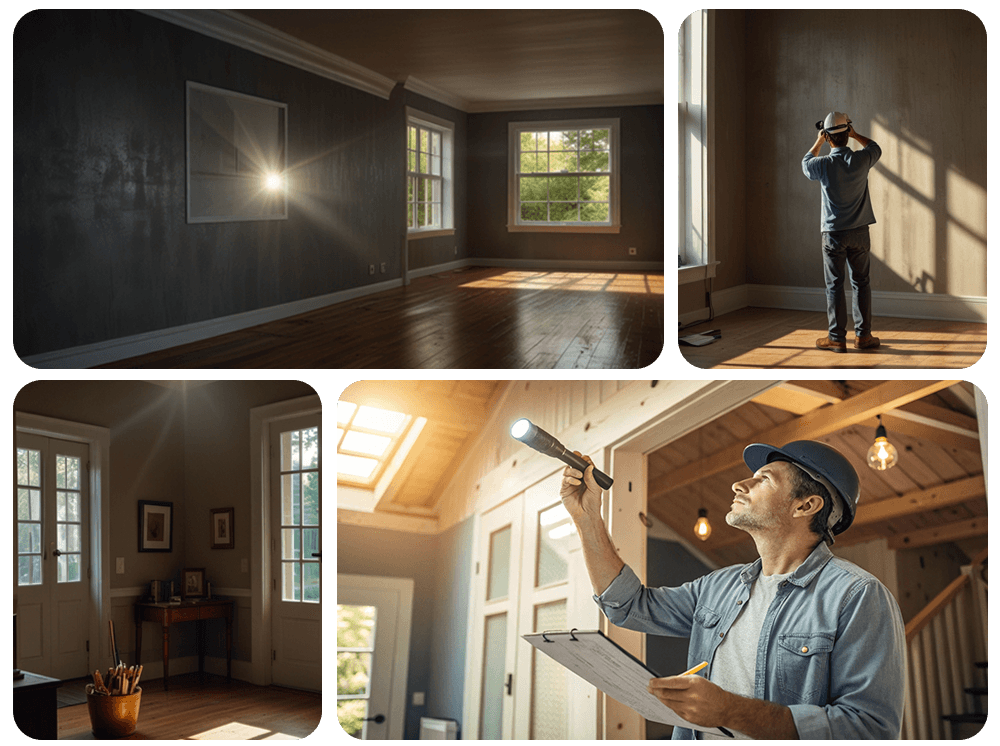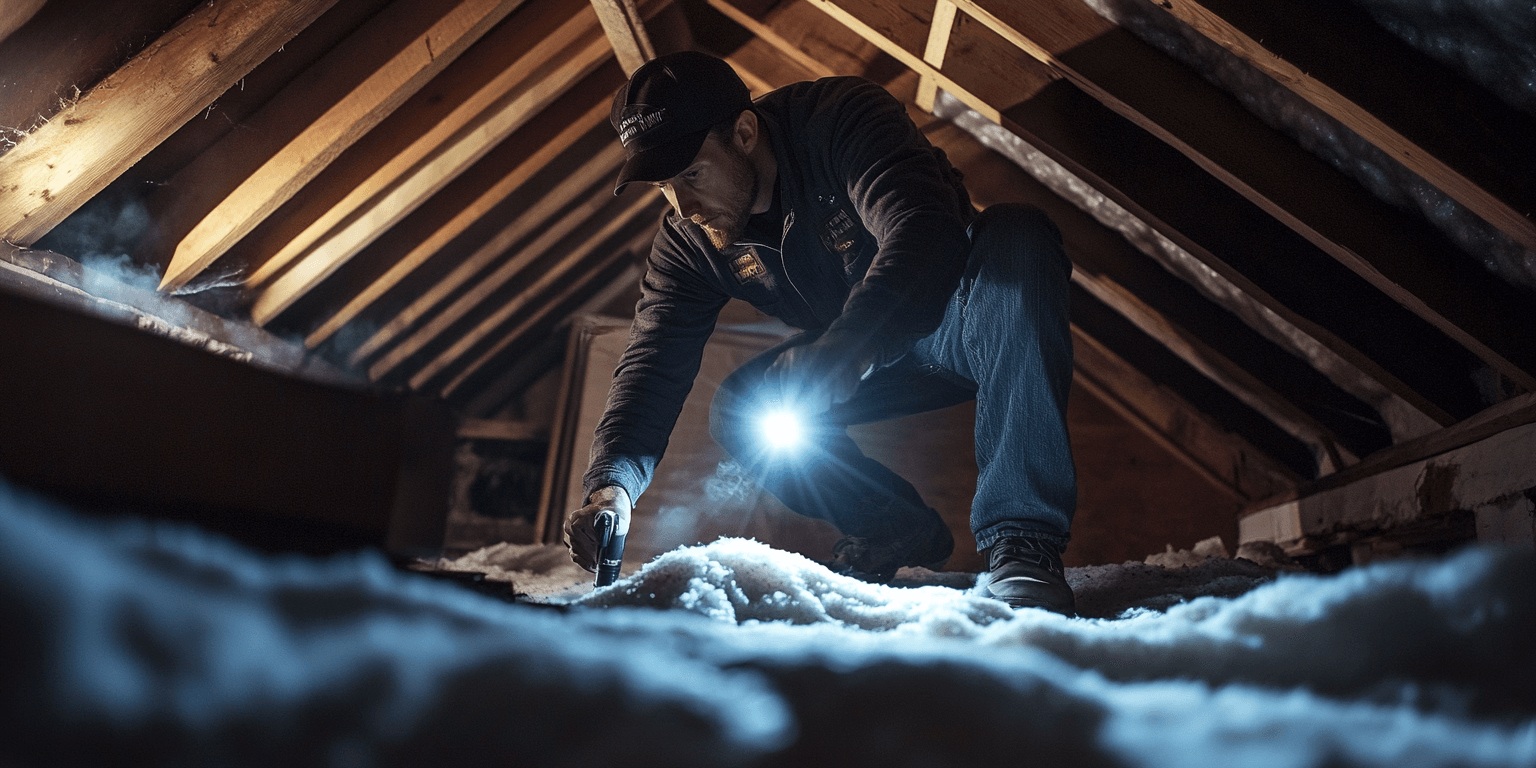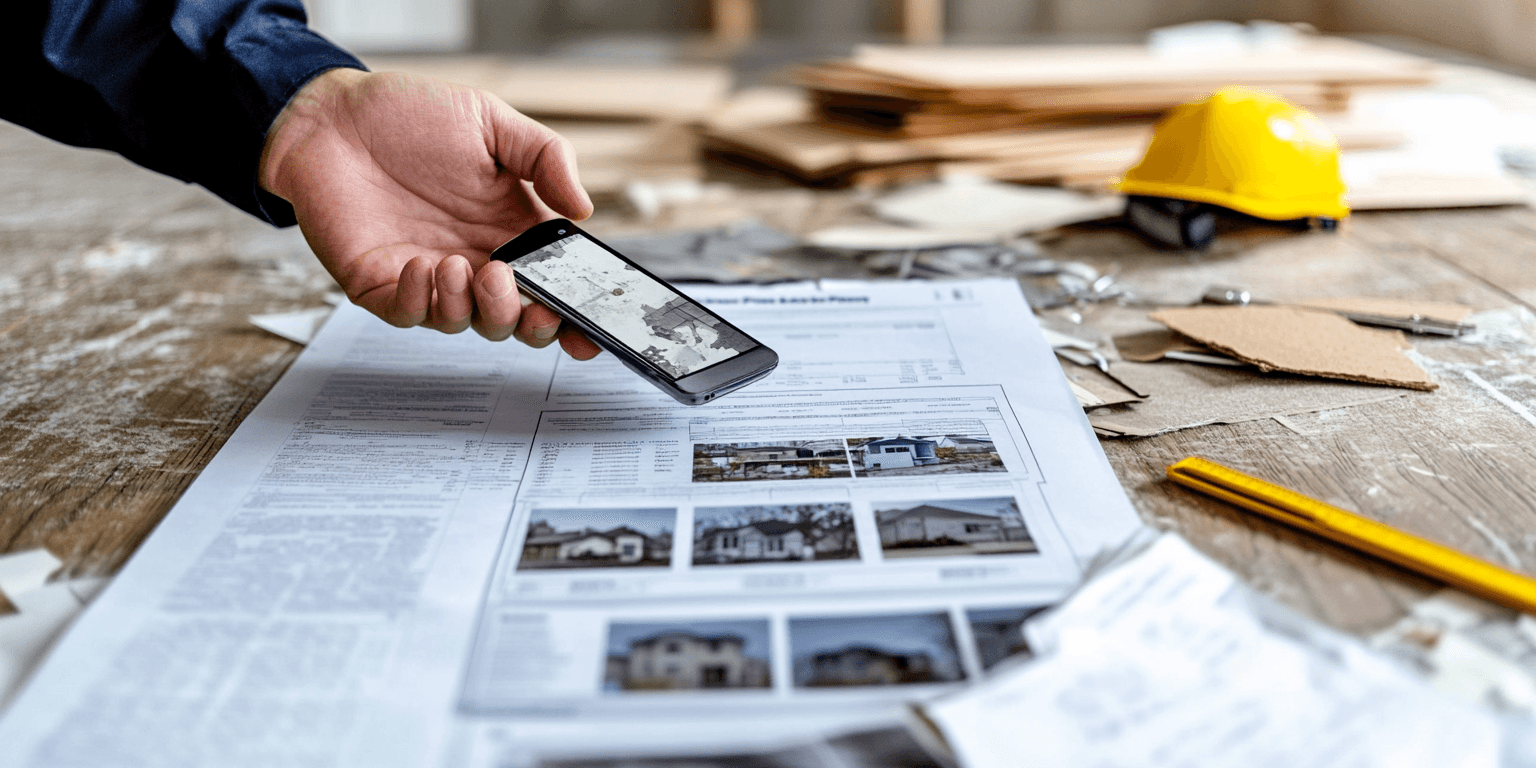Severe storms can leave your home vulnerable to hidden damage that, if left unchecked, can lead to costly repairs or safety hazards. Whether it’s high winds, heavy rain, hail, or flooding, it’s essential to act fast after a storm and schedule a professional storm damage inspection. At 1st Choice Inspection Services TREC#9175, we specialize in storm damage inspections to help homeowners identify problems early and protect their investment.
Here’s why it’s critical to act quickly after a storm and what you can expect from a storm damage inspection.

Storm damage may not always be immediately visible, especially from the ground, but that doesn’t mean it isn’t there. Taking quick action after a storm ensures that any damage is identified and addressed before it worsens. Here’s why acting fast is crucial:
Even minor damage, such as missing shingles or small cracks, can lead to more serious problems if not addressed promptly. For example, a few missing shingles might seem harmless, but they can leave your roof exposed to leaks that cause water damage, mold growth, or structural decay.
Scheduling an inspection right after a storm allows a professional to spot these issues early, helping you avoid larger repairs down the road. By catching problems quickly, you can prevent further damage to your roof, walls, and foundation.
Most homeowner’s insurance policies require you to file claims within a specific timeframe after a storm. Delaying your inspection could cause you to miss this window, making it more difficult to get coverage for repairs. Insurance companies may also deny claims if they believe the damage has worsened due to neglect or failure to act quickly.
A professional inspection gives you the documentation you need to support your claim, including a detailed report and photos of the damage. By acting fast, you ensure that you can submit your claim in a timely manner and avoid any disputes with your insurer.
Not all storm damage is visible from the ground. Hail can dent shingles or gutters, high winds can loosen flashing, and heavy rain can cause leaks that aren’t immediately obvious. While you might not notice any issues right away, that doesn’t mean your home hasn’t sustained damage.
A trained inspector will climb onto the roof, check the attic, and thoroughly inspect every part of your home for signs of storm damage that may go unnoticed. This includes checking for:
By uncovering hidden damage early, you can address issues before they turn into costly repairs.
Your home is one of your largest investments, and protecting its value is essential. Storm damage, if left unaddressed, can lead to long-term problems that devalue your property. For example, water leaks can weaken structural elements, lead to mold growth, and cause extensive rot that can compromise the integrity of your home.
A storm damage inspection helps you maintain your home’s value by ensuring that any issues are repaired promptly and correctly. Whether you plan to stay in your home long-term or sell it in the future, addressing storm damage quickly protects your investment and prevents depreciation.

A storm damage inspection is a comprehensive evaluation of your home’s condition after a severe weather event. At 1st Choice Inspection Services, we follow a thorough process to ensure that every part of your home is inspected for potential damage.
Your roof is one of the most vulnerable parts of your home during a storm. Inspectors will climb onto the roof to assess the condition of the shingles, flashing, and other roofing materials. They’ll look for signs of:
Inspecting the attic is a critical step in identifying storm damage that may not be visible from the exterior. The inspector will check the attic for signs of:
The exterior of your home, including the siding, windows, and doors, can take a beating during a storm. Inspectors will check for:
Flooding or heavy rain can cause erosion or water pooling around your home’s foundation, leading to cracks or settling. Inspectors will:
Evaluate drainage systems: The inspector will also assess whether your home’s drainage systems, such as gutters and downspouts, are effectively channeling water away from the foundation.

Once the inspection is complete, you’ll receive a detailed report outlining any damage found and recommendations for repairs. Here’s what to do next:
If the inspection reveals storm damage, your next step is to file an insurance claim. The report from the inspection will provide the documentation you need to support your claim. Be sure to file the claim within your policy’s timeframe to avoid any issues with coverage.
It’s important to address any repairs as soon as possible to prevent further damage. For example, roof repairs should be prioritized to avoid leaks that could lead to water damage inside your home. At 1st Choice Inspection Services, we can recommend trusted contractors who specialize in storm damage repairs to help you get your home back to its original condition.
While a storm damage inspection is essential after severe weather, it’s also a good idea to schedule regular inspections to ensure your home stays in good condition. By keeping up with inspections and maintenance, you can catch minor issues before they become major problems, protecting your home and investment over the long term.
Acting fast after a storm is the best way to protect your home from further damage and ensure that any issues are addressed promptly. At 1st Choice Inspection Services TREC#9175, we provide comprehensive storm damage inspections that help homeowners uncover hidden damage, file timely insurance claims, and make necessary repairs before problems escalate.
If your home has recently experienced a storm, don’t wait—schedule a storm damage inspection today to safeguard your home and investment.
It’s best to schedule a storm damage inspection as soon as possible, ideally within a few days of the storm. This allows any damage to be identified early and gives you time to file an insurance claim if needed.
Storms can cause a variety of roof damage, including missing or cracked shingles, hail dents, loosened flashing, and water leaks. These issues can lead to more serious problems if not addressed quickly.
Most homeowner’s insurance policies cover storm damage, but you’ll need to file a claim within a specific timeframe. A professional inspection report can help support your claim and ensure you receive the coverage you’re entitled to.
If your foundation shows signs of cracking or settling after a storm, it’s important to consult with a foundation repair expert. Prompt repairs can prevent further structural issues and protect your home’s stability.
While you can check for obvious signs of damage, such as missing shingles or broken windows, a professional inspection is essential for uncovering hidden damage that could lead to bigger problems. A trained inspector knows what to look for and can provide a detailed report to guide repairs.